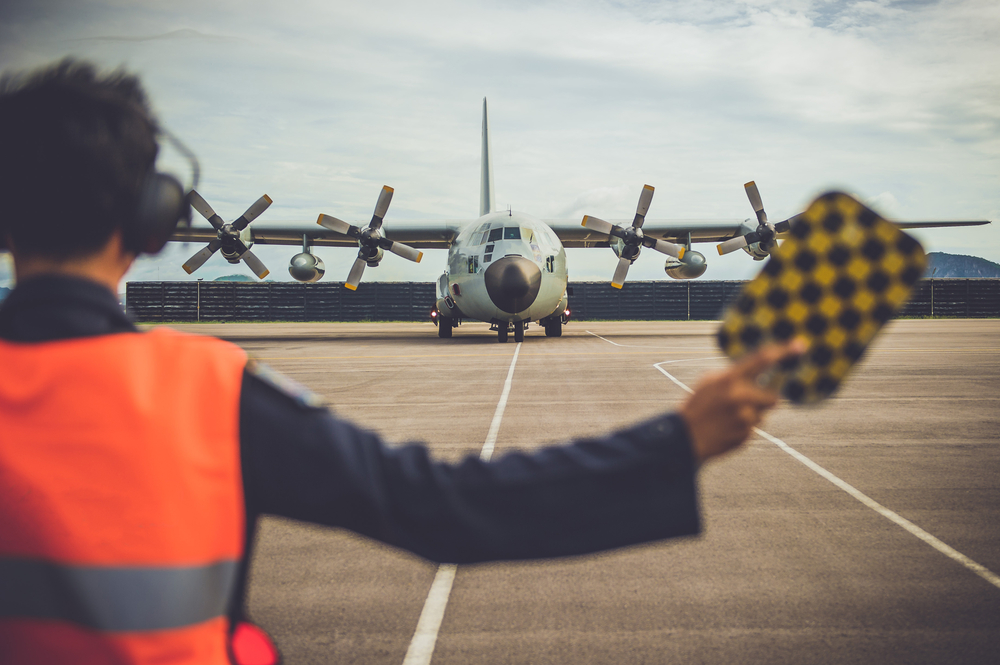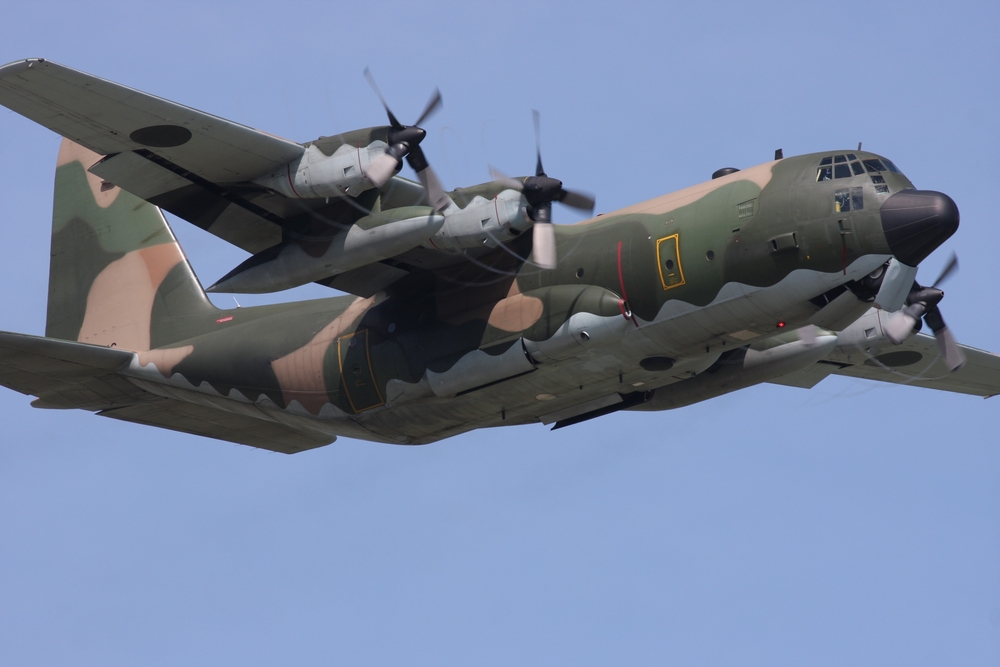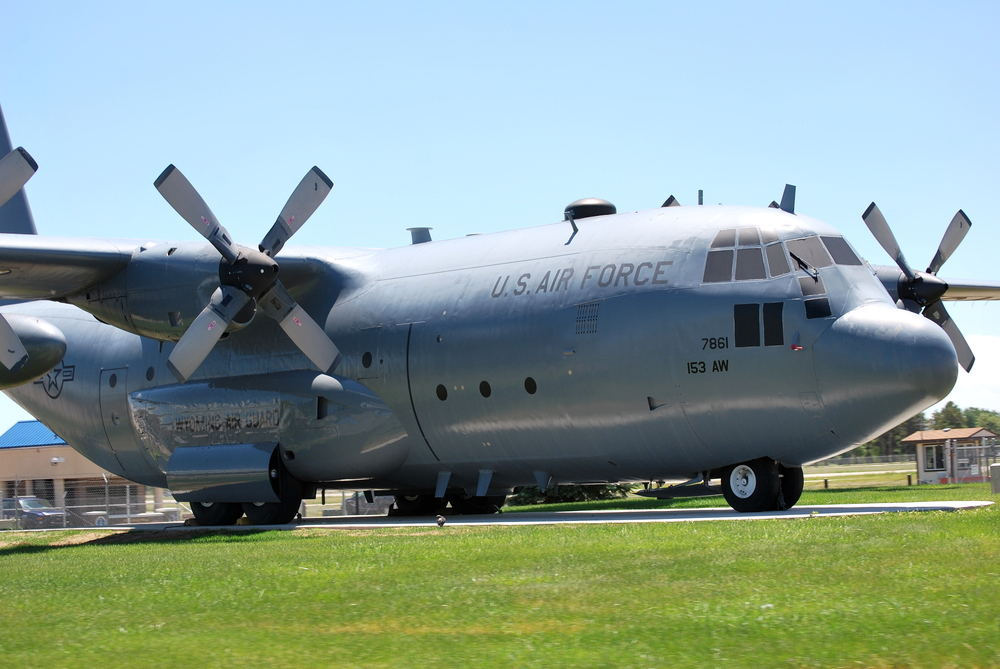On April 7th, 2015, the Lockheed Martin Corporation celebrated the 60th anniversary of one of its most long-lived and fruitful aircraft, the legendary C-130. It was on that date that the first production model was rolled out of their factory in Marietta, Georgia back in 1955, where the governor smashed a bottle of water from the Chattahoochee River across its nose to christen it.
Celebrating the Long Lasting History of the C-130
At the 2015 celebration, Governor Nathan Deal recreated that ceremony on a Super Hercules, while C-130 number 2,500 was coming to life on the assembly line inside the factory. The previous year, the historic aircraft reached another 60-year milestone. On August 23rd, 1954, the aircraft, then designated as the YC-130 took flight for the first time in Burbank, California.
The Lockheed Company has been manufacturing the C-130 longer than two of its other major hits, the iconic B-52 bomber and the U-2 spy plane. The U.S Congress has had a long-standing love affair with the aircraft, providing generous funding for new planes and upgrades, even in the face of resistance from the Pentagon. One defense analyst has called it the ‘Energizer Bunny’ of the aerospace industry. It has been convincingly argued that the C-130 is the most successful aircraft in military history, certainly the oldest in continuous production.
So what keeps this bunny ticking?
Ruggedness, Reliability, Versatility
The C-130 was conceived to meet the U.S. military’s need for a tactical transport capable of delivering a large payload of troops and equipment over medium distances, landing and taking off on short, unimproved airstrips. The fact that it has performed that role exceptionally well constitutes for its phenomenal success. However, that is not all. There are well over 100 variations of the C-130, performing almost every mission imaginable including firefighting, rescue operations, ocean patrol, oil and mining industry applications, humanitarian aid and more. U.S. Special Forces have used the AC-130 gunship version to significant effect, and there’s talk of outfitting it with a laser weapon. Moreover, Lockheed has seen an ever-growing demand for the civilian version, the L-100.
The newest version, the C-130J Super Hercules, has brought a lot of new capabilities to the table, with advanced overhead displays, more powerful engines, improved defensive countermeasures, a greatly increased unrefueled maximum range, greater airspeed and the ability to takeoff on only about 60% of the runway distance required by earlier versions.
In addition, the C130 has been made legendary for also retaining the basic design, its rugged reliability and relatively low-cost to operate and maintain. The C-130 also boasts one of the lowest accident rates of any aircraft in the U.S. arsenal. It has truly proven itself capable of doing almost anything short of dogfighting.
Into The 21st Century
The C-130 is currently in use in more than 70 countries around the world. It has fought in Vietnam, Iraq, Afghanistan and many other small conflicts and police actions. It has flown to both the North and South poles, and seen service just about everywhere in between. It seems poised to remain the go-to workhorse aircraft of its type well into this young century.






